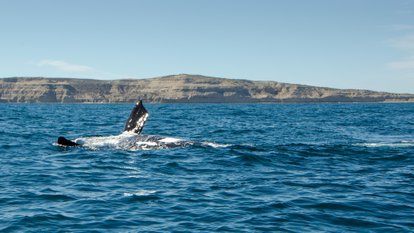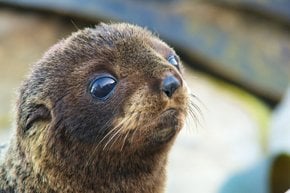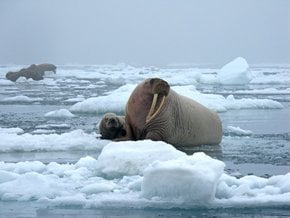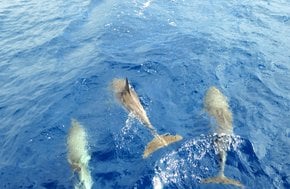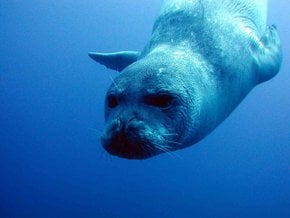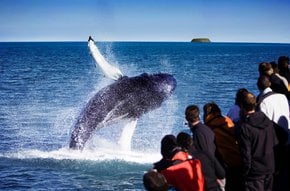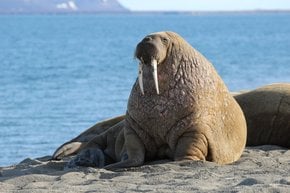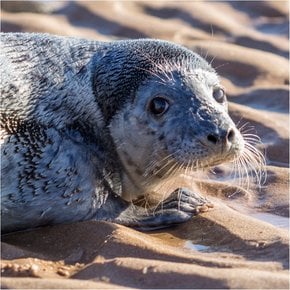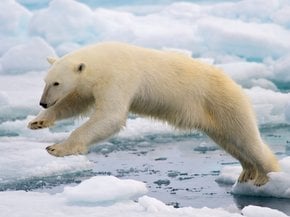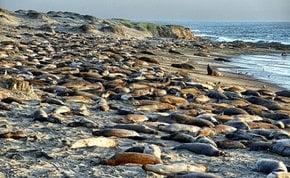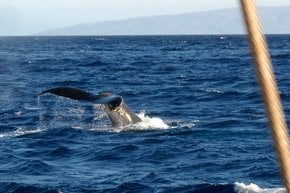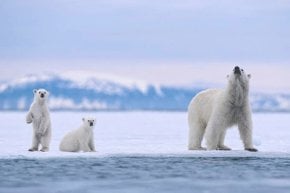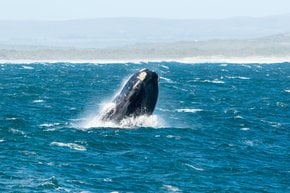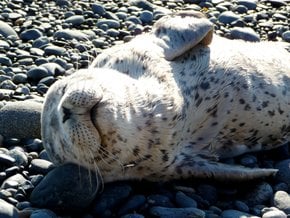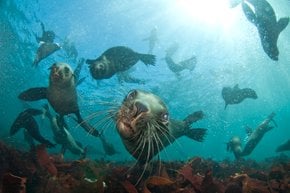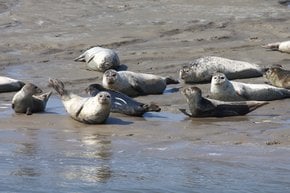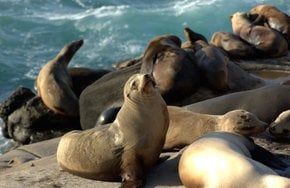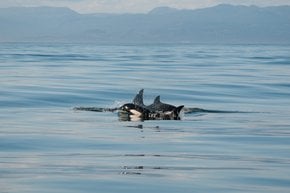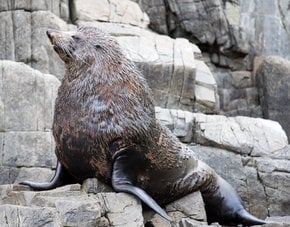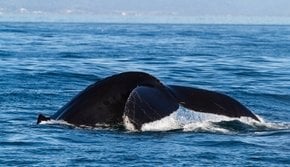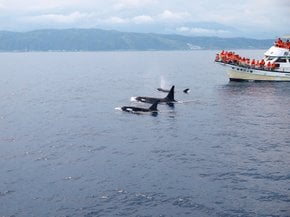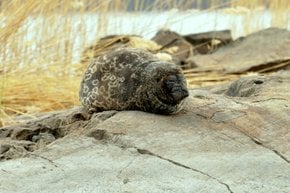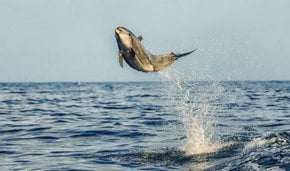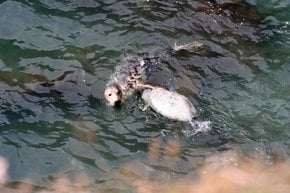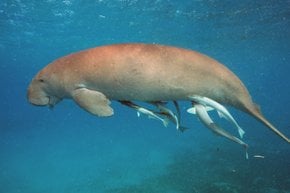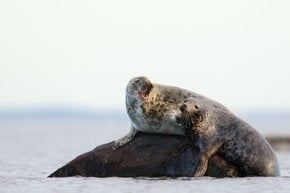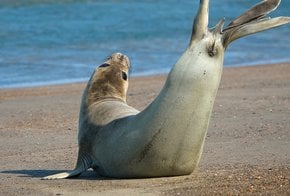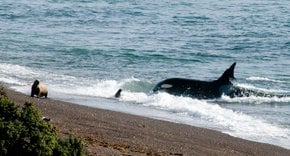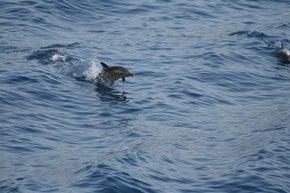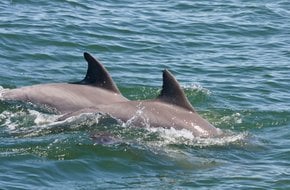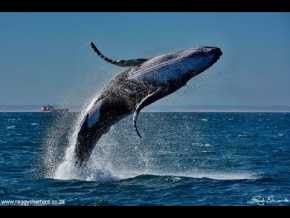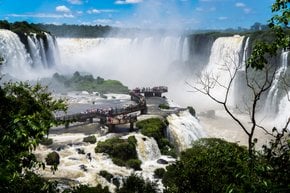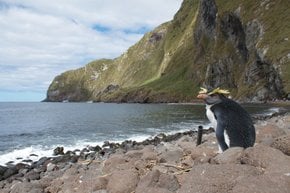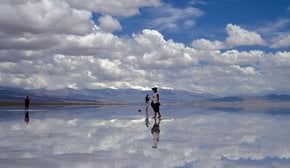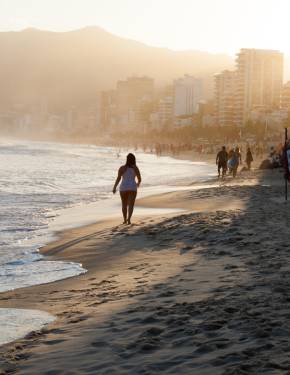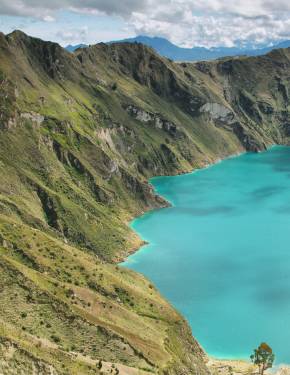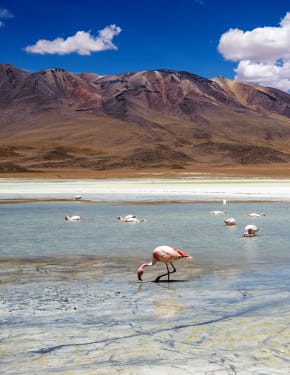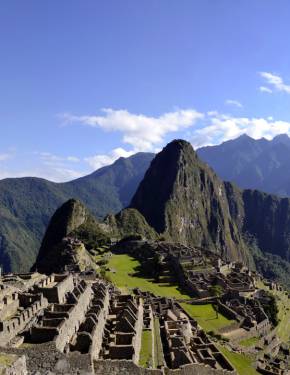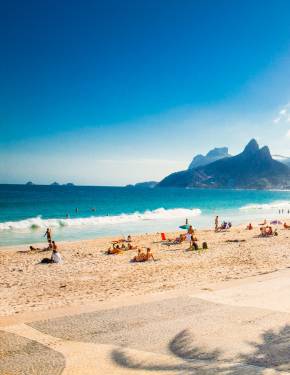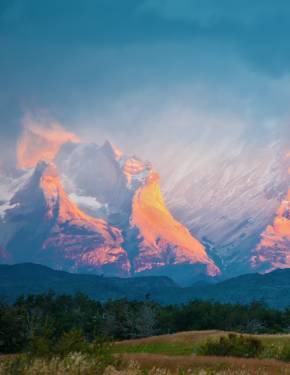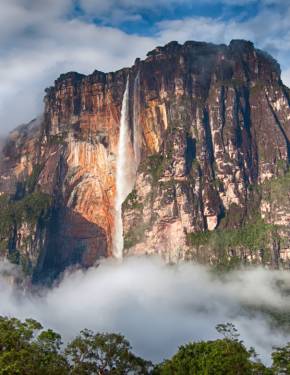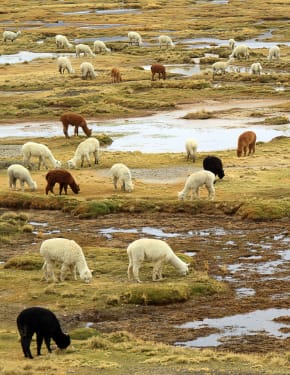Southern Right Whale Watching in Argentina 2025-2026
Peninsula Valdes is the site of the highest concentration of southern right whales
Best time: June–December
Peninsula Valdes draws thousands of visitors eager to witness a spectacular natural phenomenon, with whales being the main attraction in the region surrounding Peninsula Valdes and Puerto Madryn. Recognized as a UNESCO World Heritage site, the peninsula is celebrated for its unique and diverse wildlife, making it a prime destination for nature enthusiasts.
Peak Season
From June to December, the Peninsula Valdes is home to a large number of Southern Right whales, attracting many visitors to this place during this period. People can watch whales either from boats or close to the beach, making it an exciting adventure for marine lovers looking for a unique experience.
Key Viewing Locations
Peninsula Valdes, located in Golfo Nuevo, is one of the best places for whale watching in Argentina, with a high concentration of Southern Right whales. Tourists can explore this area from either Puerto Piramides, the only settlement in the Peninsula Valdes Nature Reserve, or from Puerto Madryn, with daily whale-watching tours available. The calm, warmer waters of the gulf attract various marine mammals for reproduction, making it an ideal spot to observe them. From June to December, when the whales are in the area to breed, they can be seen close to the shore or from boats, offering a remarkable experience for visitors.
Southern Right Whales
Southern Right whales are the most iconic species in Peninsula Valdes, reaching up to 14 meters in length and weighing as much as 50 tonnes. Known for their distinctive V-shaped blowholes and large, rounded bodies, these majestic creatures are an unforgettable sight for visitors. Southern Right Whales are unique among baleen whales as they are skimmers, swimming through clouds of krill with their mouths open to feed. Known for their social behavior, they are curious and playful around humans, often interacting with boats and even giving rides to kayakers while also engaging happily with dolphins and other whales.
Other Sea Animals to See at Golfo Nuevo
Apart from Southern Right whales, tourists can see various other marine creatures in Golfo Nuevo, including sea lions, elephant seals, and Magellanic penguins. These animals are naturally drawn to warmer waters and come to the area for reproduction, making it a great spot for a complete marine-life viewing experience.
Peninsula Valdes: What to See
Besides whale watching, Peninsula Valdes is known for its scenic landscapes and unique fauna, attracting people who enjoy hiking or exploring dunes. It's also a UNESCO World Heritage site where seabird watching may appeal to bird enthusiasts.
Whale-Watching Tips
Whales are most easily spotted in clear weather and calm seas, making morning tours particularly advantageous due to typically lower wave activity. For optimal visibility, it’s best to secure a seat at the bow of the boat. If you are prone to motion sickness, choosing a larger, more stable vessel is recommended.
What to Wear
Even on warm days, ocean temperatures can be quite chilly, so it’s a good idea to bring a windbreaker or at least a sweater. Choose long pants and closed-toed shoes with non-slip rubber soles for added comfort and safety. Additionally, safeguard yourself against harmful UV rays by applying sunscreen and wearing a sunhat and sunglasses during your time at sea.
What to Bring
Bringing binoculars and a camera with a telephoto lens will greatly enhance your chances of spotting and photographing marine mammals. Remember to pack extra batteries, as you'll likely need them. Given the possibility of splashes, particularly on smaller boats or kayaks, consider using a waterproof sleeve or zip bag to protect your phone and camera gear. While it's not necessary to pack snacks—many large catamarans and sailboats provide food and beverages on board—smaller Zodiac boats usually only offer a basic supply of water during the tour.
Photography Tips
Capturing a picture of a whale requires patience, observation, and quick reflexes. Start by studying the whale's behavior; for instance, when feeding, whales often cause a frenzy among diving birds, signaling a potential lunge. Focus on areas with the most bird activity, as the whale may surface suddenly. For action shots like breaching, look for key signals, such as a whale arching its back before diving, which indicates a good chance for a tail shot. Although breaching can be unpredictable, if it happens once, be ready for a second. Lens choice is essential as well. A wide-angle lens captures the whale in its vast environment, while a shorter focal length lens allows for easier tracking and focusing on closer action.


